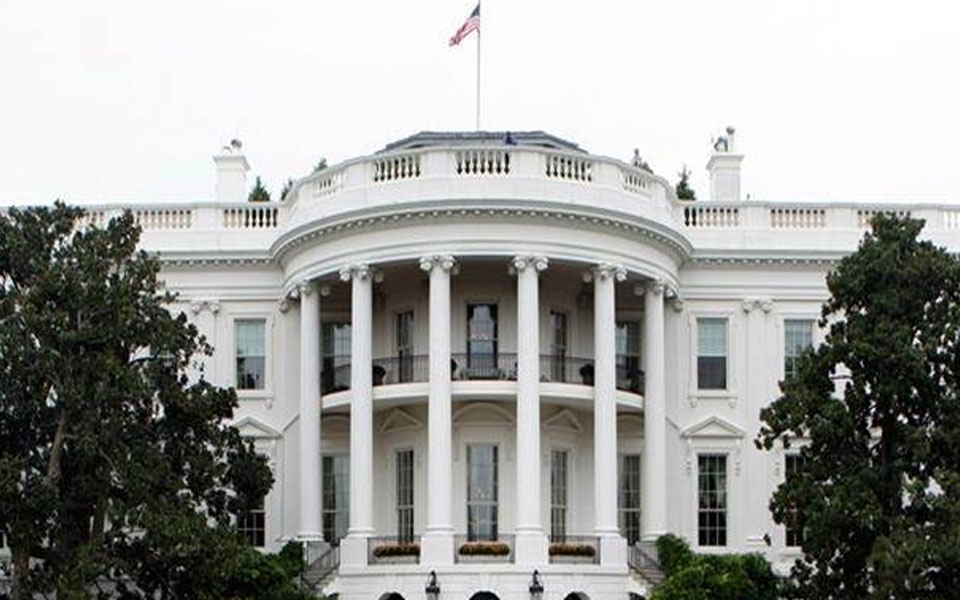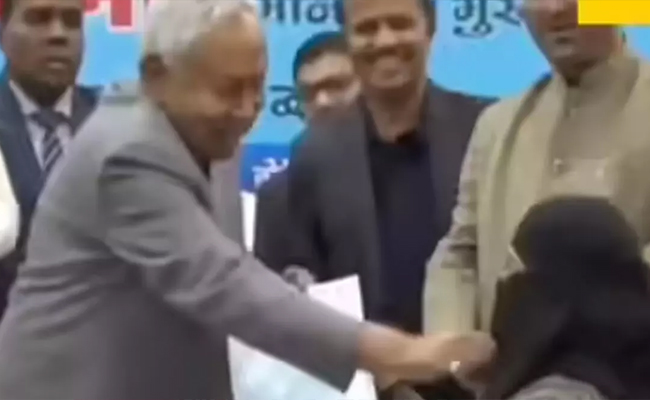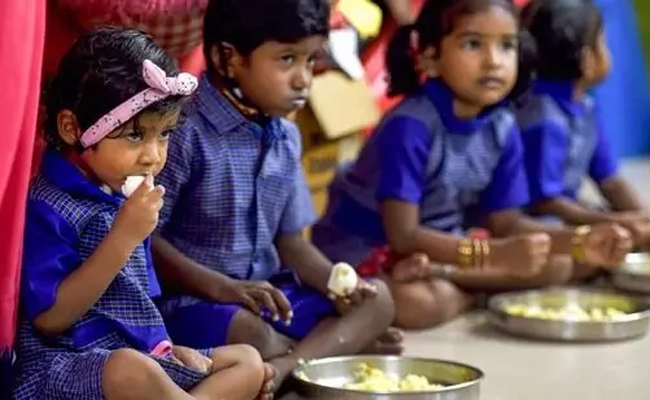Washington, July 21 : In a move to counter Moscow's influence in Ukraine, the US has announced $200 million in security assistance to Kiev.
The aid will fund additional training, equipment and advisory efforts to build the defensive capacity of Ukraine's forces, the Pentagon said in a statement on Friday.
"This reaffirms the long-standing defence relationship between the US and Ukraine," the statement noted, adding that Washington's security assistance to Kiev totalled more than $1 billion since 2014.
The Pentagon statement came after the White House on Friday rejected a proposal from Russia to hold a referendum in eastern Ukraine on the fate of the region, Xinhua news agency reported.
Russian President Vladimir Putin raised the possibility of a referendum in Ukraine during his meeting with US President Donald Trump on Monday in Helsinki, Finland, Russia's Ambassador to the US Anatoly Antonov said.
The conflict in eastern Ukraine started in 2014 between the government forces and armed groups that declared independence from Kiev.
Ukraine has long accused Russia of aiding the insurgents while Moscow has repeatedly dismissed Kiev's claims.
"To organise a so-called referendum in a part of Ukraine which is not under government control would have no legitimacy," the White House National Security Council said Friday.
Let the Truth be known. If you read VB and like VB, please be a VB Supporter and Help us deliver the Truth to one and all.
Patna (PTI): A newly recruited AYUSH doctor in Bihar was taken aback on Monday when Chief Minister Nitish Kumar pulled the hijab (veil) off her face, while she was receiving her letter of appointment.
The incident, a video clip of which has gone viral on social media, took place at ‘Samvad’, the CM's secretariat, where appointment letters were given away to more than 1,000 AYUSH doctors.
PTI could not independently verify the authenticity of the video.
ALSO READ: Veteran Congress leader Shamanuru Shivashankarappa laid to rest with full state honours
According to the CMO, the appointees included 685 Aurveda doctors, while 393 were Homeopaths and 205 practised the Unani system of medicine.
Out of them, 10 appointees were handed over job letters by Kumar, while the rest got those online.
When it was the turn of Nusrat Parveen, who had turned up wearing a hijab across her face, the 75-year-old CM frowned and exclaimed "what is this?".
The chief minister, who stood atop a raised platform, then bent down and pulled the hijab down.
The flustered appointee was, thereafter, hastily pulled aside by an official present on the occasion, while Deputy CM Samrat Choudhary, who stood beside Kumar, was seen tugging at the latter's sleeve, in an apparent bid to restrain him.
Meanwhile, opposition parties like the RJD and Congress shared the video clip on their social media accounts, and claimed that the incident was the latest proof of the JD(U) supremo's "unstable mental health".
A video showed Nitish Kumar pulling down a doctor's hijab after handing over an appointment letter to her at a Patna event. The video, which is going viral on social media, has sparked widespread outrage.#NitishKumar #Hijab #ViralVideo #IndiaTodayShorts pic.twitter.com/NdCzNgz8bY
— IndiaToday (@IndiaToday) December 15, 2025





